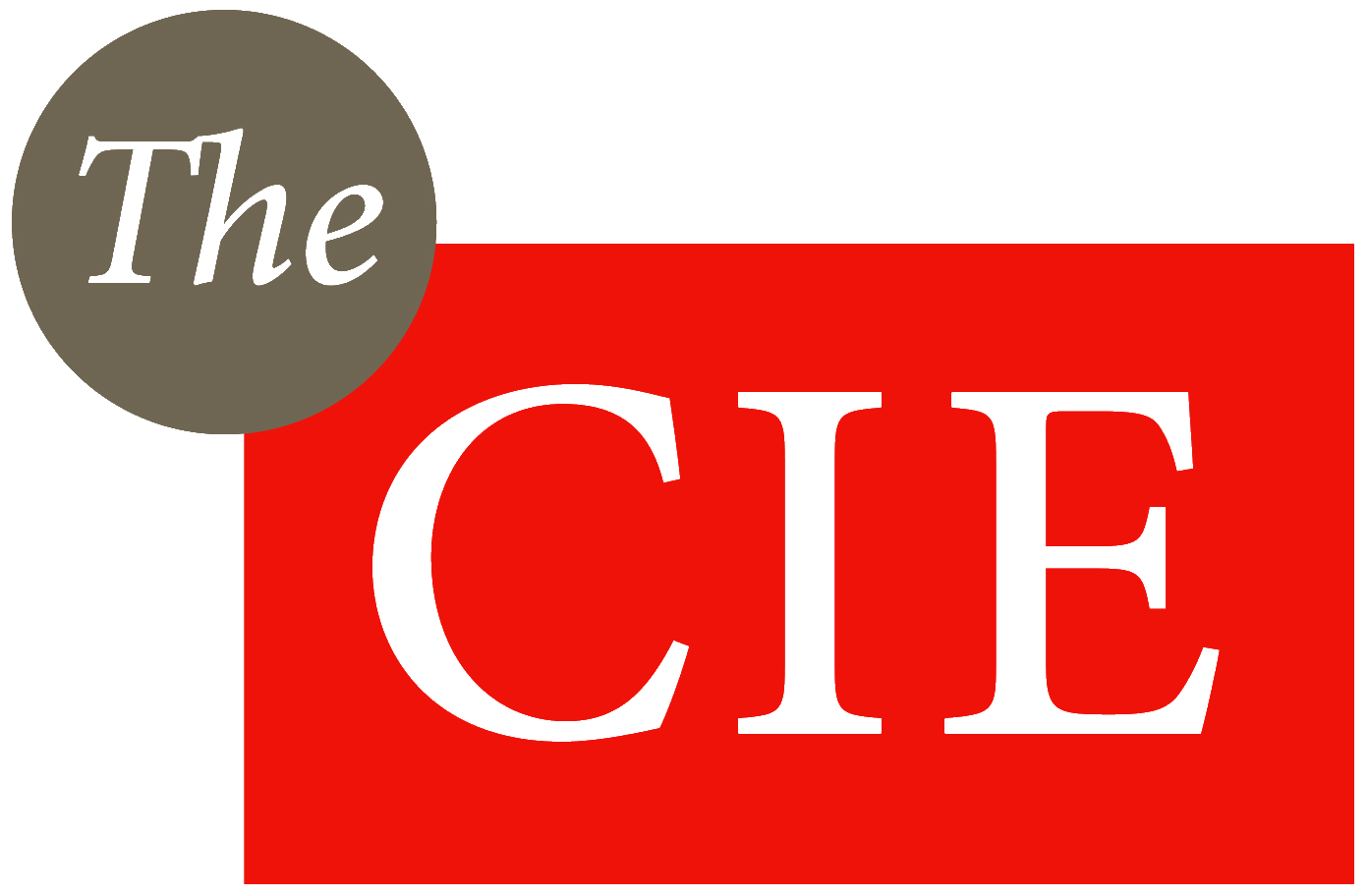Saving for one’s care: Understanding how Health Savings Accounts can help fund the health of Australians
The CIE was commissioned by the ADA to develop and cost an alternative model for funding the cost to consumers of dental and allied health care.
Out-of-pocket costs for dental and allied health care are often high, and can delay or prevent access to care. Existing support provided by general treatment private health insurance is limited to selected private health insurance policy holders only, and comes with gaps and exclusions in policies, as well as annual limits.
A concept for Health Savings Accounts (HSAs) for dental and allied health services was developed to offer positive incentives to save for one’s care in a way that is consumer-centred, without barriers to consumer choice, and where consumers are rewarded for proactively.
Economic modelling estimated that relatively modest and affordable government incentives could promote HSA adoption by up to 10 per cent of the Australian population by 2030. Estimated average annual savings were forecast at $1 225 per person, based on government incentives valued at $186 per person per annum. The report highlights that there are many ways that HSAs could be structured to target consumers most in need to stimulate considered policy debate about HSAs in Australia, and their appropriate use to improve access to dental and allied health services and promote a more pro-active approach to managing one’s health care.


